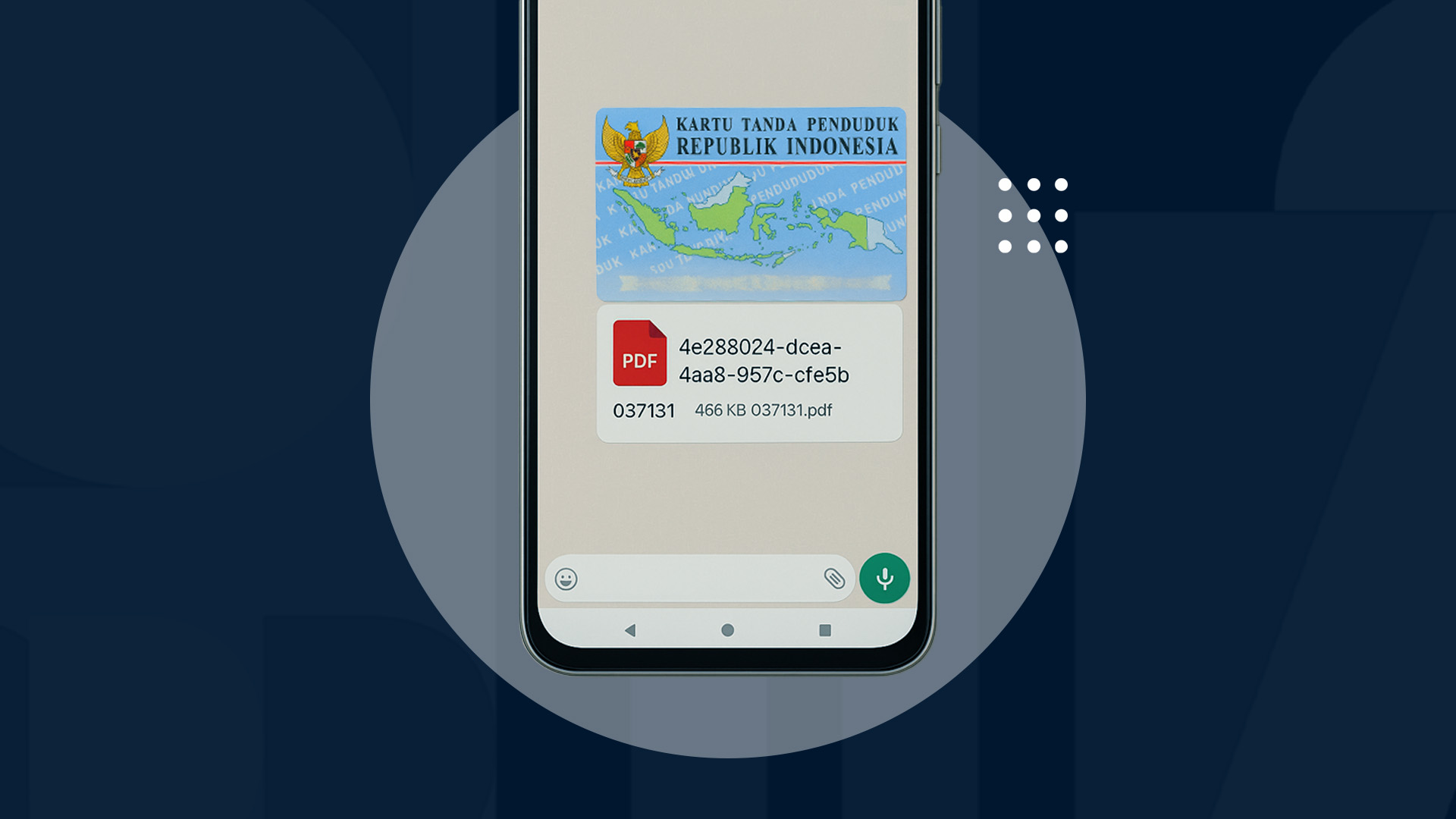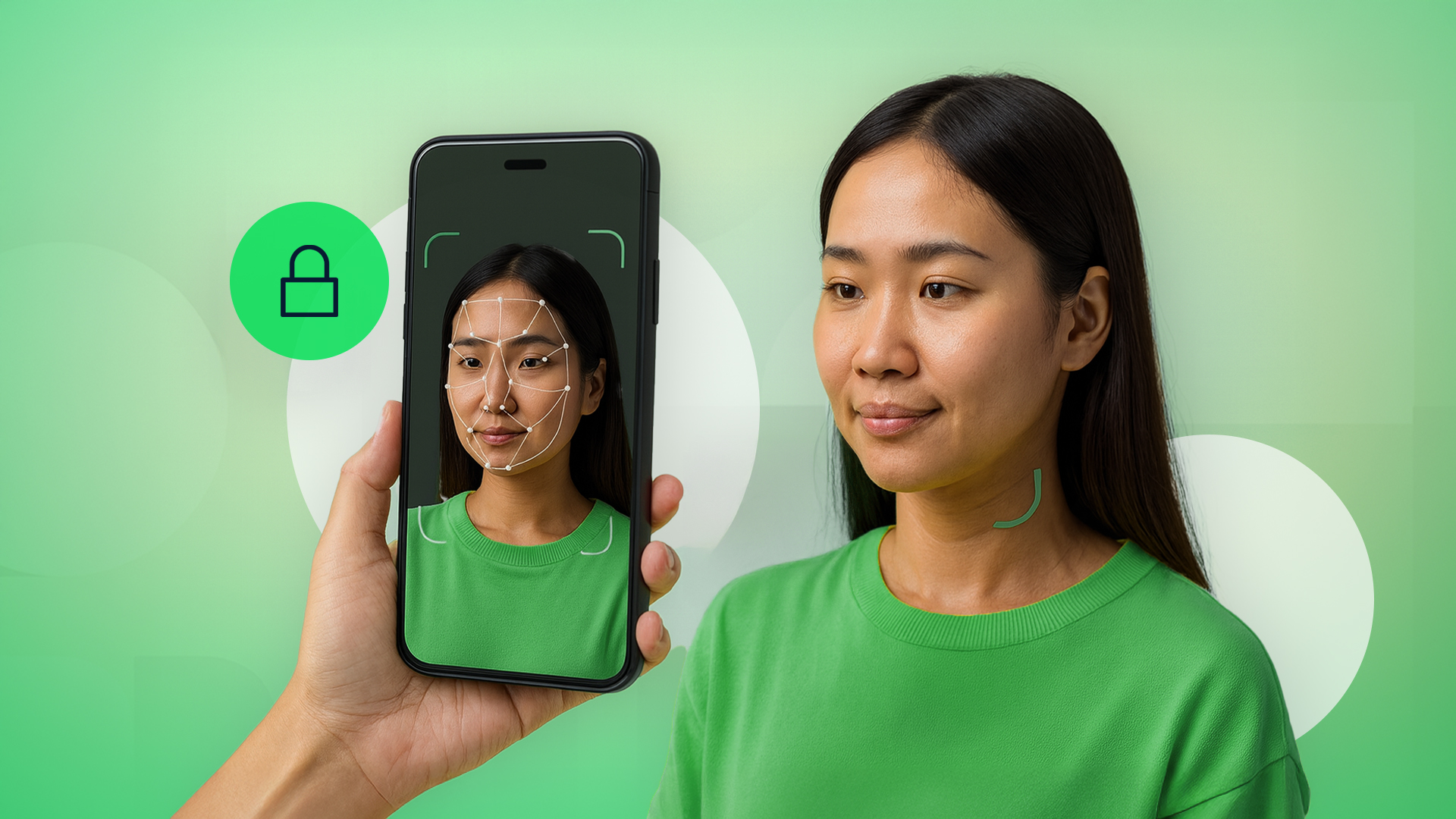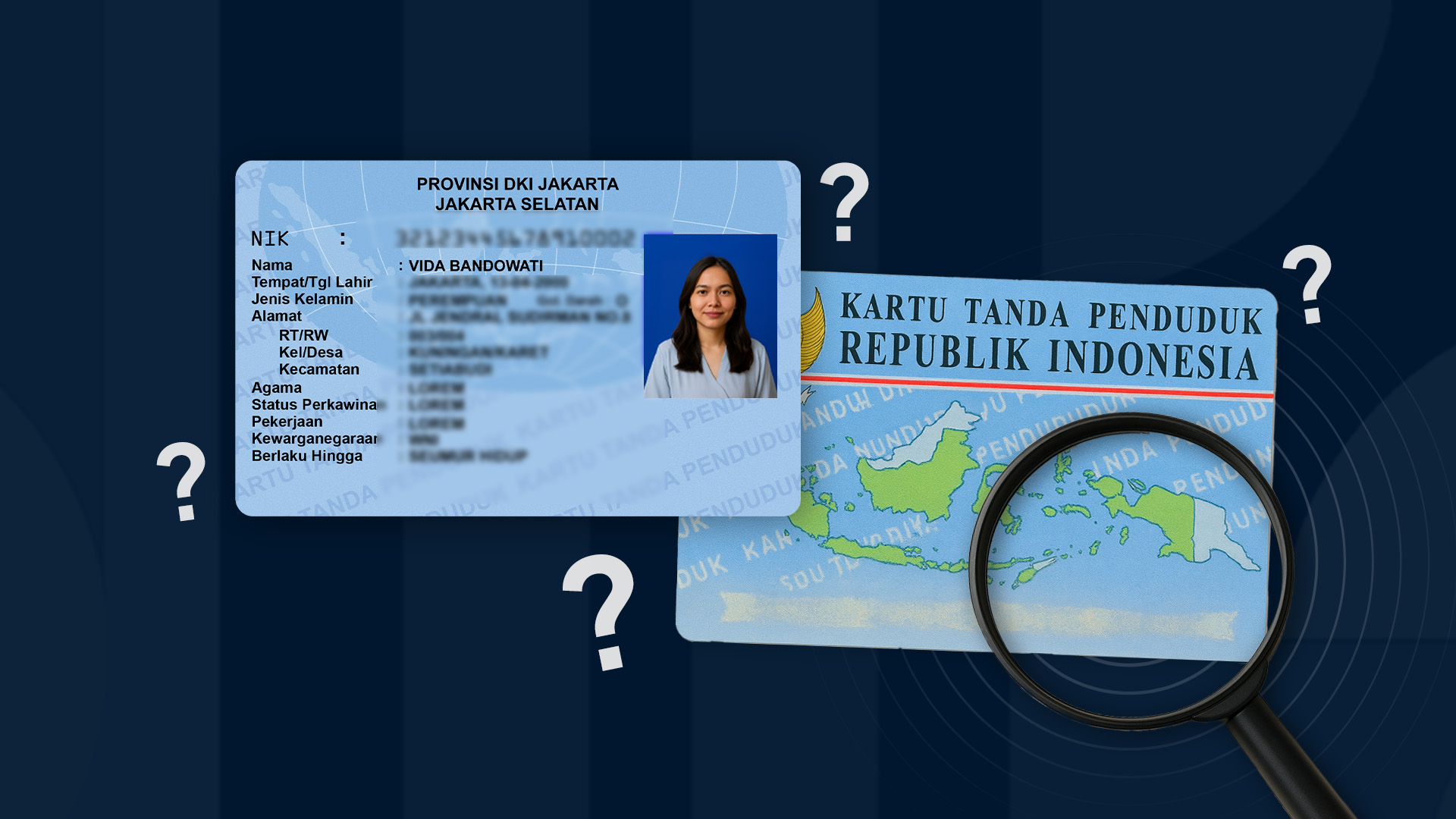With more people relying on digital for activities such as opening bank accounts, making transactions, and applying for loans, it’s almost impossible to keep the personal information private. While we can not protect them fully, it’s important to know the threats behind it.
Account takeover is one of them. This fraud is surging, exposing the flaws of traditional authentication. Fraudsters exploit users through fake calls, messages, and emails, tricking them into revealing passwords, OTPs, and personal data. In seconds, victims can lose their entire savings before realizing the attack.
How common is account takeover in Indonesia? How account takeover prevention can save customers and the company's reputation? Explore this article further!
Account Takeover: A Growing Cyber Threat
When hackers enter a user's account without authorization, it's known as account takeover (ATO). They typically accomplish this by exploiting lax security or obtaining login credentials. Due to the direct financial stakes, banks were once the primary targets. However, ATO fraud is currently affecting a wide range of sectors, including insurance, healthcare, finance, and e-commerce.
Unauthorized access from unknown devices or places was a factor in 7 out of 10 commercial and consumer cyberattack situations.
ATO fraud is getting worse because of data leaks in Indonesia. In the past 4 years, 94 million personal records have been made public, placing Indonesia in the top ten countries for data leaks.
These stolen credentials often end up on the dark web, where hackers buy and use them to hack accounts on a large scale.
Cybercriminals use different tricks to take over accounts:
- Phishing & Social Engineering: 64% of cyberattacks on Indonesian SMEs involved ATO fraud, where scammers trick users into revealing sensitive info.
- Credential Stuffing: 67% of financial businesses reported fraudsters using stolen identities to break into accounts.
- SIM Swap & OTP Exploits: 84% of businesses have faced security issues with SMS OTPs, making them easy targets for fraud.
In the U.S., a major financial institution suffered huge losses when hackers bypassed their security and took over customer accounts. This forced the company to rethink its security measures.
In Indonesia, the situation is just as alarming:
- Rp 2.5 trillion lost to scams since 2022, hitting customers from 10 major banks.
- 71% of ATO cases resulted in stolen money or unauthorized transactions.
- Many countries are ditching SMS OTPs, yet most Indonesian businesses still use them.
Real-World Implications
Account takeover can have detrimental effects on financial organizations as well as customers. These damages keep increasing in the absence of effective account takeover prevention measures.
Regarding Customers
- Financial Loss: Unauthorized transactions have the potential to deplete personal funds and cause unstable finances.
- Identity Theft: Fraudulent accounts or other schemes may be opened using stolen personal information.
- Emotional Distress: Anxiety, dissatisfaction, and stress can arise when an account is lost.
Regarding Financial Institutions
- Monetary Damages: It can be very expensive to compensate victims and deal with fraudulent transactions.
- Reputational Damage: A well-publicized security breach can undermine consumer confidence and impede the expansion of a company.
- Regulatory Scrutiny: If institutions do not put in place appropriate account takeover prevention measures, they may be subject to fines, investigations, and more stringent rules.
Account Takeover Prevention
Fraudsters are relentless. Traditional security methods like passwords and OTPs are no longer sufficient to protect against account takeover attacks. Cybercriminals exploit weaknesses in these outdated authentication methods through phishing, credential stuffing, and SIM swapping, allowing them to bypass security measures with ease.
VIDA changes the game with VIDA Phone Token and VIDA Face Token. Here’s the explanation:
1. VIDA Phone Token: Securing Transactions with Trusted Devices
VIDA Phone Token acts as a tamper-proof digital key, ensuring that all transactions originate only from trusted devices. Designed as a robust account takeover prevention solution, it leverages Public Key Infrastructure (PKI) to protect against credential theft and fraudulent device access.
Each registered device is assigned a unique, unclonable private key, forming the foundation of trust. This key ensures that only the authorized device can initiate transactions, blocking unauthorized access even if attackers have stolen passwords, PINs, or credentials.
When a transaction is initiated, the private key on the device digitally signs the data.
The signed data is sent to the server, where the matching public key verifies its authenticity and integrity.
Only devices with the original private key can initiate trusted transactions. This ensures that stolen credentials or cloned devices cannot compromise the security of transactions.
With VIDA Phone Token, financial institutions and businesses can fortify their authentication process, eliminating the risks posed by weak passwords and OTP-based authentication.
2. VIDA Face Token: Advanced Security with Biometric Authentication
VIDA Face Token enhances account takeover prevention by integrating phone token technology with advanced facial recognition and liveness detection. This solution ensures that only the rightful user can authorize transactions from a trusted device, eliminating the risk of stolen credentials, spoofing, or fraudulent access.
By leveraging trusted device authentication, VIDA Face Token ensures that every transaction originates from a verified and tamper-proof device, blocking any attempts to use cloned or compromised hardware. To further enhance security, it employs face matching technology, which authenticates the user by verifying their facial biometrics against the registered data. This step guarantees that only the legitimate account owner can approve transactions, making it nearly impossible for attackers to exploit stolen passwords or login credentials.
To combat advanced fraud techniques, liveness detection is incorporated into the authentication process. This ensures that the individual authorizing the transaction is physically present, blocking spoofing attempts using photos, videos, or deepfake technology.
Businesses and financial institutions must adopt multi-layered authentication solutions as account takeover prevention. Traditional security measures like passwords and OTPs are no longer sufficient in protecting user accounts from sophisticated threats such as credential theft, phishing, and device cloning. By integrating trusted device authentication and biometric verification, solutions like VIDA Phone Token and VIDA Face Token provide a stronger, tamper-proof approach to transaction security.

.png)


